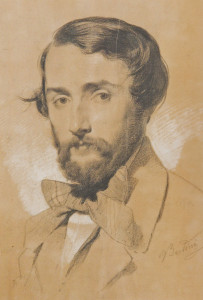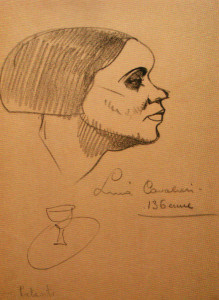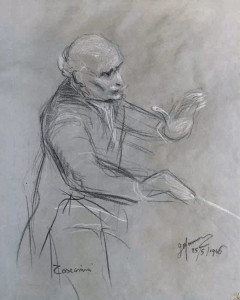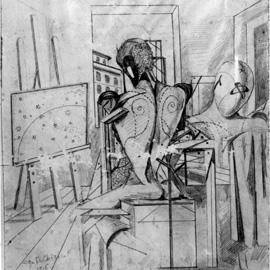22 excellent portraits of artists of XX century
by Walter Guadagnini
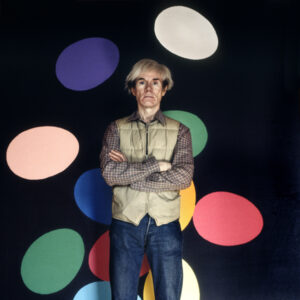 Aurelio Amendola (Pistoia 1938) is a leading protagonist of art photograph: during 40 years ,he made and explained pictures of works of the greatest masters of Classicism, from Donatello to Michelangelo, from Giovanni Pisano to Canova and he portrayed the most important artists in the XX century, from Dechirico to Burri, from Warhol to Lichtenstein, from Marino to Paladino and Ceroli.
Aurelio Amendola (Pistoia 1938) is a leading protagonist of art photograph: during 40 years ,he made and explained pictures of works of the greatest masters of Classicism, from Donatello to Michelangelo, from Giovanni Pisano to Canova and he portrayed the most important artists in the XX century, from Dechirico to Burri, from Warhol to Lichtenstein, from Marino to Paladino and Ceroli.
Amendola’s classicism has been celebrated in exbhitions in museums all over the world. Two at least are worthy of memory : the one at Ermitage in San Pietroburgo , dedicated to the pictures on Michelangelo’s works and that of this year at Uffizi in Florence, devoted to Warhol’s portraits.
In his making photographs, the dialectics between documentation and interpretation takes the ancient as a model, starting from Pistoia where he was born to come to Florence and Rome where Michelangelo worked, on a basis of professional and manual skill that aims and aims to the topic’s understanding and not to the artist’s ability.
Amendola takes this attitude in the contemporary art too, always letting the subject dominate, whether it is the artist’s figure, his work , the place of his work or, as often occurs, the three altogether.
As the photographer himself said:’It is obvious that taking pictures of artists is a way to know them, to spend time with extraordinary people. I became a friend of all the artists I photographed, it is not a job for me, it is a great passion that let me feel alive. For this reason, making pictures of an ancient sculpture means to try and put in the matter the life I find in my contemporaries, making sculptures alive is something like meeting Michelangelo, Donatello. It is different with living artists, here we need to consider their requirements and keep at the same time own’s expressive independence.’
The here and now selection is a concise gallery of art portraits of XX century, where the photoprapher’s ability to catch the main features of subjects and their art is easy to recognize and, at the same time, it is possible to see the changing in customs, in the very figure of the artist in the world.

